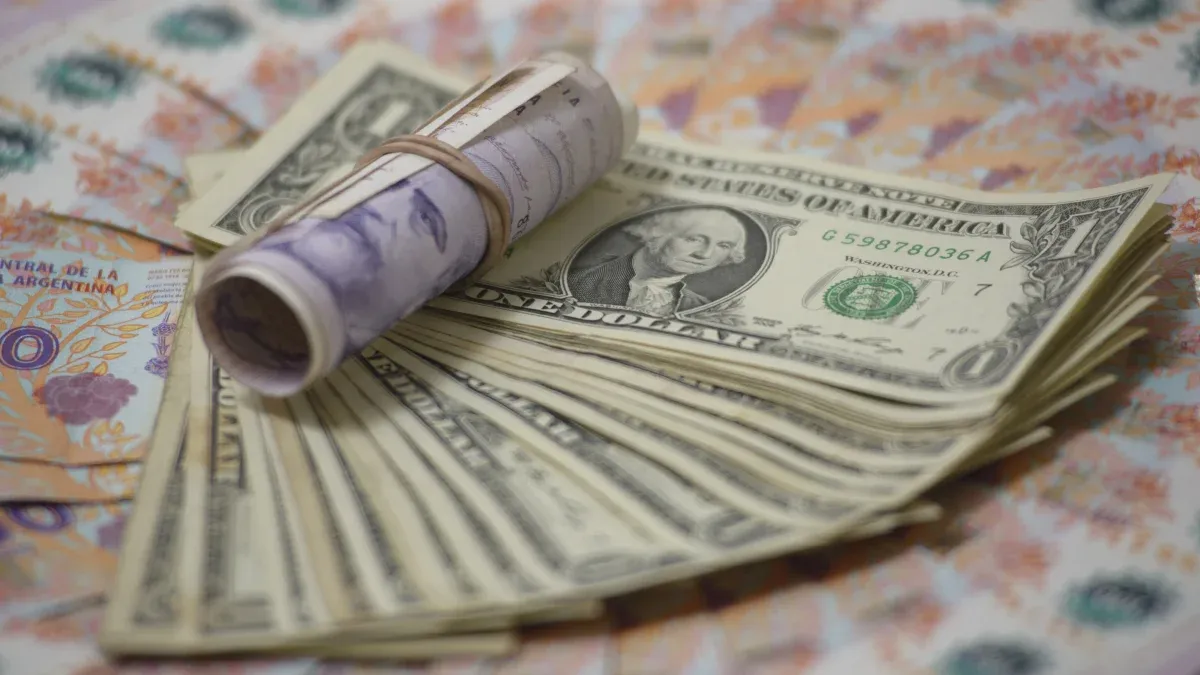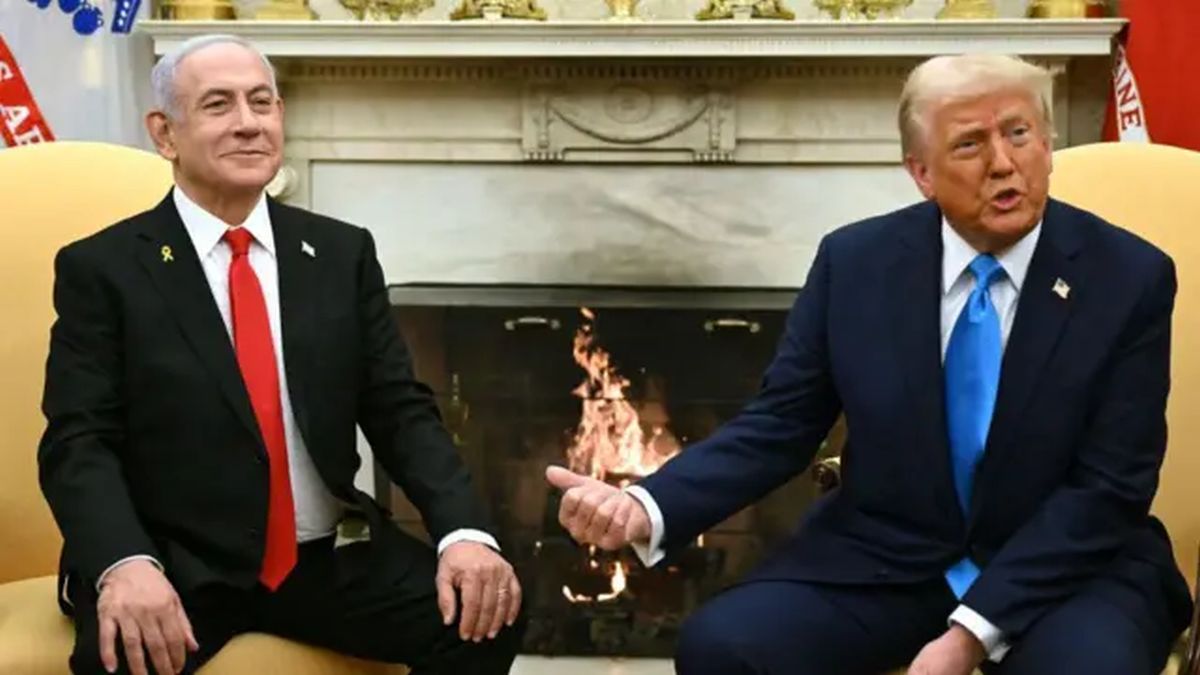As the government approaches a possible exchange unification, questions arise about the true capacity of the market to dollarize. Beyond the monetary base, fixed deadlines, public debt and other financial instruments could become pressure sources on the exchange rate. Is it possible to eliminate the risk of a exchange run in the short term?
In the official story a new phrase has begun to be heard: “With what pesos?”in reference to the idea that there will be no pesos available to press on the dollar when exchange restrictions are eliminated. However, The continuity of the stocks indicates that this moment has not yet arrived. Meanwhile, the Central Bank (BCRA) and the economic team have set the broad monetary base (BMA) at $ 47.7 billion as a strategy to freeze the weights that could turn to the dollar.
The content you want to access is exclusive to subscribers.
This strategy was established in July 2024, when the monetary base represented 45.8% of the BMA. The underlying idea is that, as the demand for money grows, the monetary base approaches the BMA and excess liquidity disappears, avoiding exchange pressures. As of March 10 of this year, the monetary base was already in 62.8%, which shows an advance in that process. But, Are these the only weights that could press on the dollar?


The remunerated liabilities of the BCRA, partly absorbed by Treasury debt, are a proxy of the excess pesos in the economy. However, they are not the only source of exchange pressure. A better approach is to observe the amount of fixed deadlines and public debt in the hands of private. During the restriction period, these instruments have worked as a refuge for liquidity surplus. It should be remembered that, even when a particular dollarizes its portfolio through the MEP or the CCL to dodge the stocks, there is a counterpart that receives those weights, keeping them in the system without disappearing.
In November 2023, private fixed deadlines amounted to an equivalent of USD 33,723 million. At the end of December, after the devaluation of more than 50% at the beginning of Javier Milei’s government, that figure was reduced to USD 15,167 million. However, despite the increase in the demand for money and 15 months in which the interest rate exceeded the variation of the dollar by the Crawling PEG, before 2% and since February of the 1% monthly, the private fixed deadlines have increased again, today reaching the equivalent of USD 37,428 million.
Another focus of attention is the debt of the local currency, which has absorbed part of the surplus of weights. If the m3 is considered private plus the treasure debt in non -banking private hands, the figure exceeds USD 130,000 million to the official exchange rate. This implies that, even if the monetary base continues to converge with the BMA, a deterioration of expectations – whether by internal or external factors – could activate the dollarization of a part of this stock of pesos, pressing on the exchange rate.
The exchange risk cannot be eliminated only with a new agreement with the IMF. The fresh funds that can be obtained will not be enough to completely absorb excess liquidity, and the recomposition of exports to generate the amount of dollars necessary to cover these figures will take time. Meanwhile, the government faces the dilemma of defining its exchange strategy. Although the BCRA and the Ministry of Economy seem to lean towards a fixed post-election dollar scheme, both President Milei and the IMF advocate a freer flotation.
Eliminating all weights that could migrate to the dollar is not an attainable objective in the short or medium term. The zero risk of a exchange run does not exist. As always, it will be the combination of fiscal, economic and monetary policies that will determine the magnitude of the risk. To minimize it, it is imperative that exchange restrictions are eliminated as soon as possible, since their permanence aggravates exchange backwardness and generates distortions in the real economy. The more time it takes to free the change market, the greater the cost of doing so in the future.
Financial Analyst
Source: Ambito
David William is a talented author who has made a name for himself in the world of writing. He is a professional author who writes on a wide range of topics, from general interest to opinion news. David is currently working as a writer at 24 hours worlds where he brings his unique perspective and in-depth research to his articles, making them both informative and engaging.




